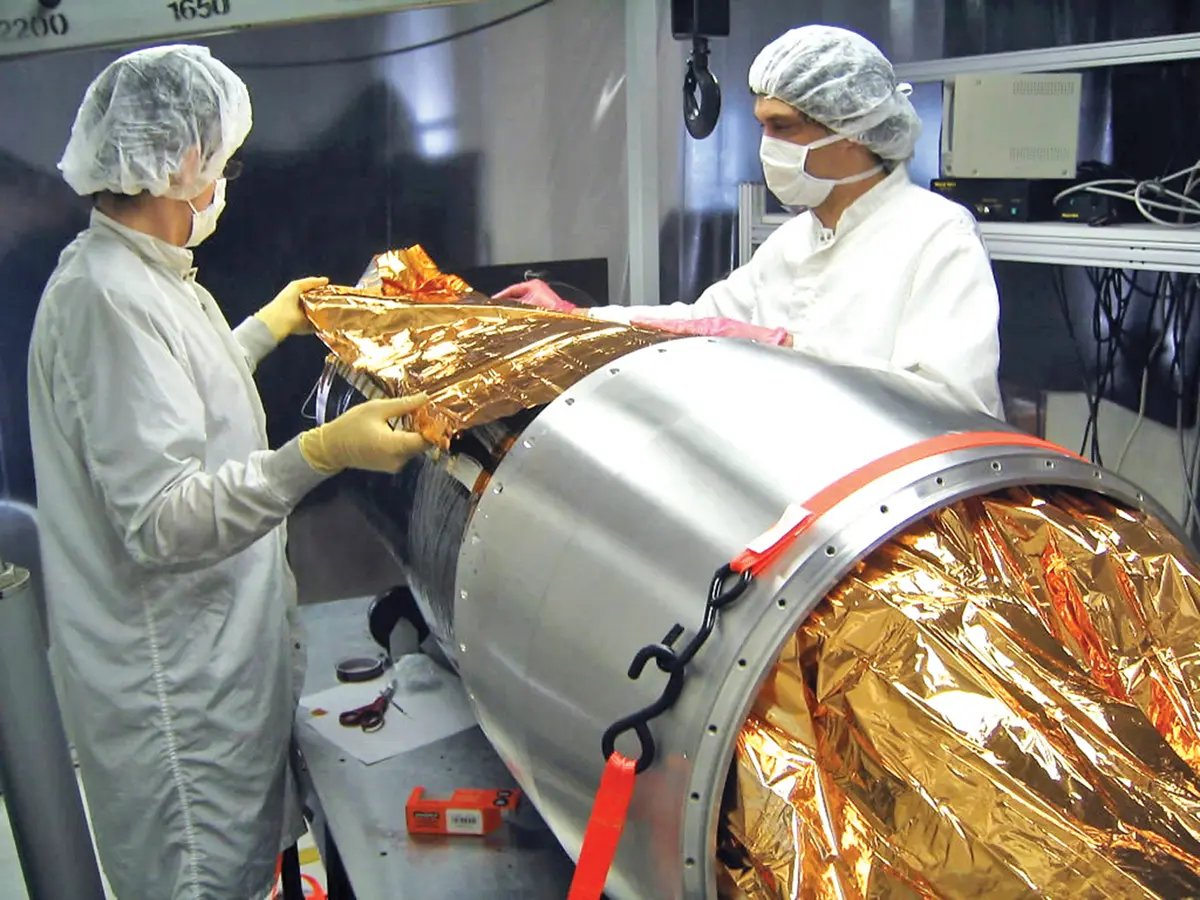
We design, build, test, and fly instrument systems that could potentially detect young, Jupiter-sized planets orbiting other stars in the Milky Way. Ultimately, our goal is to discover Earth-like planets around sun-like stars capable of supporting life.
Through funding by NASA, we have conducted multiple series of imagery and observation. The latest mission, Planetary Imaging Concept Testbed Using a Recoverable Experiment - Coronagraph (PICTURE-C), was launched in September of 2019 from a high altitude balloon, where we tested many key systems which will be important to our first science flight in September 2022. . The instrument is designed to block out direct light from stars so that these objects close to the stars, which otherwise would be hidden in the stars’ bright glare, can be studied in great detail. This mission will enable us to learn about the dust, asteroids, planets and other debris orbiting the stars.
As we prepare for this next flight, we are also working on testing and integrating new technologies needed for future missions capable of viewing even dimmer targets at closer separations to their host star. This includes next-generation coronagraphs, more advanced adaptive optics systems, and low-noise detectors.
Learn More:
- PICTURE-C (pdf)
- PICTURE-C Observatory Poster (pdf)
PICTURE-C taking flight from Fort Sumner, NM. The experiment floats at an altitude of approximately 42 km for about 20 hours of observations. During this time, the experiment points a telescope with a 24-inch primary mirror toward nearby stars, maintaining an angular stability of less than 1/3000th of a degree, while hanging from a balloon that inflates to the size of a football field.
